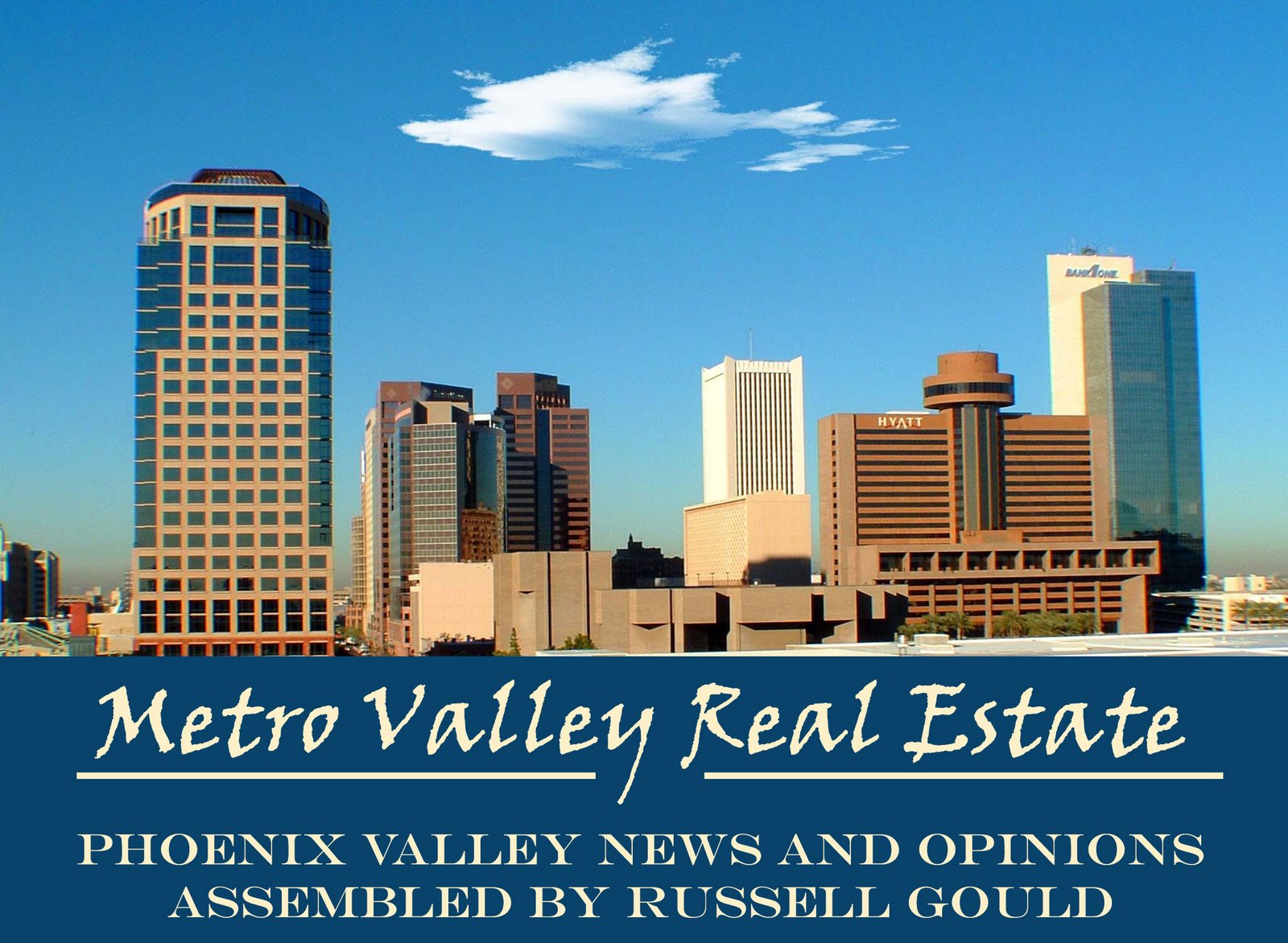June 26, 2008 - 9:48PM
Sonu Munshi, Tribune
A paradigm shift. Balance and flexibility. Protecting the airport while generating high quality jobs.
Those were the buzzwords at a joint Mesa City Council and Planning and Zoning Board meeting on Thursday to discuss the future of a 32-square-mile area around Phoenix-Mesa Gateway Airport. It’s an area that’s been the subject of much debate, with the city taking on big landowners over whether to allow housing in a section of land near the airport.
Mayor Scott Smith reiterated that it would be best to take time to plan for the area, keeping flexibility in land use. The joint session was set up to hear the big-picture items on the $860,000 city-commissioned study done by consultant group HDR Engineering.
The previous council debated the merits of two land-use plans, one of which paved the way for high-density housing north of the airport, just south of Elliot Road and west of Loop 202.
But former mayor Keno Hawker opposed the idea of bringing housing to that section, in anticipation of noise complaints due to aircraft flying overhead. His plan was strongly opposed by area landowners.
Developers urged flexibility instead of placing rigid designations on the area, instead favoring a broader framework.
Smith said the city seemed to have “leapfrogged” to land-use planning instead of looking at other components including economic development, financing and infrastructure.
“I’d much rather do it right than do it to meet some sort of self-determined deadline,” Smith said. “This is a development plan, not so much as a real-estate development plan but as an economic development plan, an airport development plan, of which the land use is the final piece.”
HDR vice president Mark McClaren underscored that the initial challenge was to develop a plan to create 100,000 high-quality jobs and protect the airport, which he termed “a significant catalyst for growth.”
The economic opportunity, McClaren said, starts with residential development, which creates demand for retail and then establishes labor force and then creates demand for the airport.
Unlike the current Mesa 2025 general plan, which emphasizes industrial development with limited residential development, the study notes there needs to be equitable distribution between housing and commercial uses to bring in more sales-tax dollars. Protecting the airport, however, is emphasized strongly.
Smith took the housing matter head-on, saying it’s all good to have a vision of a mixed-use urban environment, but that there is an airport which could conflict with that vision.
“How do we reconcile the vision of that community with the fact that we have airplanes flying over?” he said.
The city’s planning director, John Wesley, said industrial development was earmarked for near the airport’s runway because it tends to be the most compatible with airport use.
Smith noted that housing drives the market in Arizona and would help drive infrastructural growth.
City Manager Chris Brady said, that’s where the city would have to make a “paradigm shift.”
“We can’t keep saying residential is a threat always to airports because we don’t know 20 years from now how those airplanes are going to take off, what those noise levels are going to be,” he said.
He added the goal and vision would be to protect the airport and to create 100,000 jobs, challenging the market and the developers to make that work.
That appeared to be the consensus.
Smith said the burden would be on developers to prove their projects would not threaten the airport and to show how they would affect airport operations.

No comments:
Post a Comment